Despite the pandemic, Alexander McQueen had a ‘record’ year in 2020
Remember Elvin Ng’s infamous McQueen ‘bandung’ suit at the recent Star Awards ceremony? According to analysts, the label is a rising star, with revenues hitting more than €500 million last year – a figure five times greater compared to 2010.
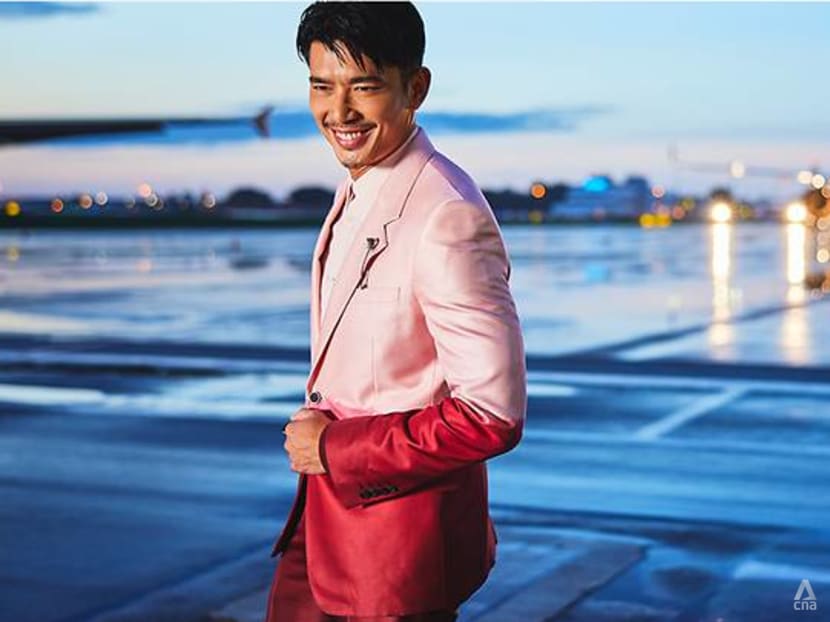
Actor Elvin Ng wore a single-breasted tailored jacket and trousers in albion pink, fuchsia rose and bordeaux dip-dye print wool silk and an albion pink, fuchsia rose and bordeaux dip-dye print cotton poplin shirt to The Star Awards 2021 on Sunday, Apr 18. (Photo: Aik Chen)
There are few fashion labels that outlive their founders. There are fewer still that go on to flourish, to become globally recognised brands, ratcheting up hundreds of millions of euros in sales per year. That this happened to Alexander McQueen after the suicide of designer Lee McQueen in 2010 is nothing short of extraordinary. It was a business then both rooted in a singular founder and, at the time, just barely eking a profit.
Its survival owes much to the vision and devotion of McQueen’s steadfast deputy of 14 years, Sarah Burton, who has honed the house’s reputation for acute tailoring and romance whilst introducing clothes that are softer, more feminine and easier to wear.
Its continuation also owes a debt to former McQueen chief executive Jonathan Akeroyd, who backed Burton over suggestions of poaching a better-known designer from another house and also laid the foundation for McQueen’s global expansion, and to Kering founder and chair Francois-Henri Pinault, who recognised the power of the McQueen brand and rejected the advice of those within the group who thought it best to bury the label with its founder.
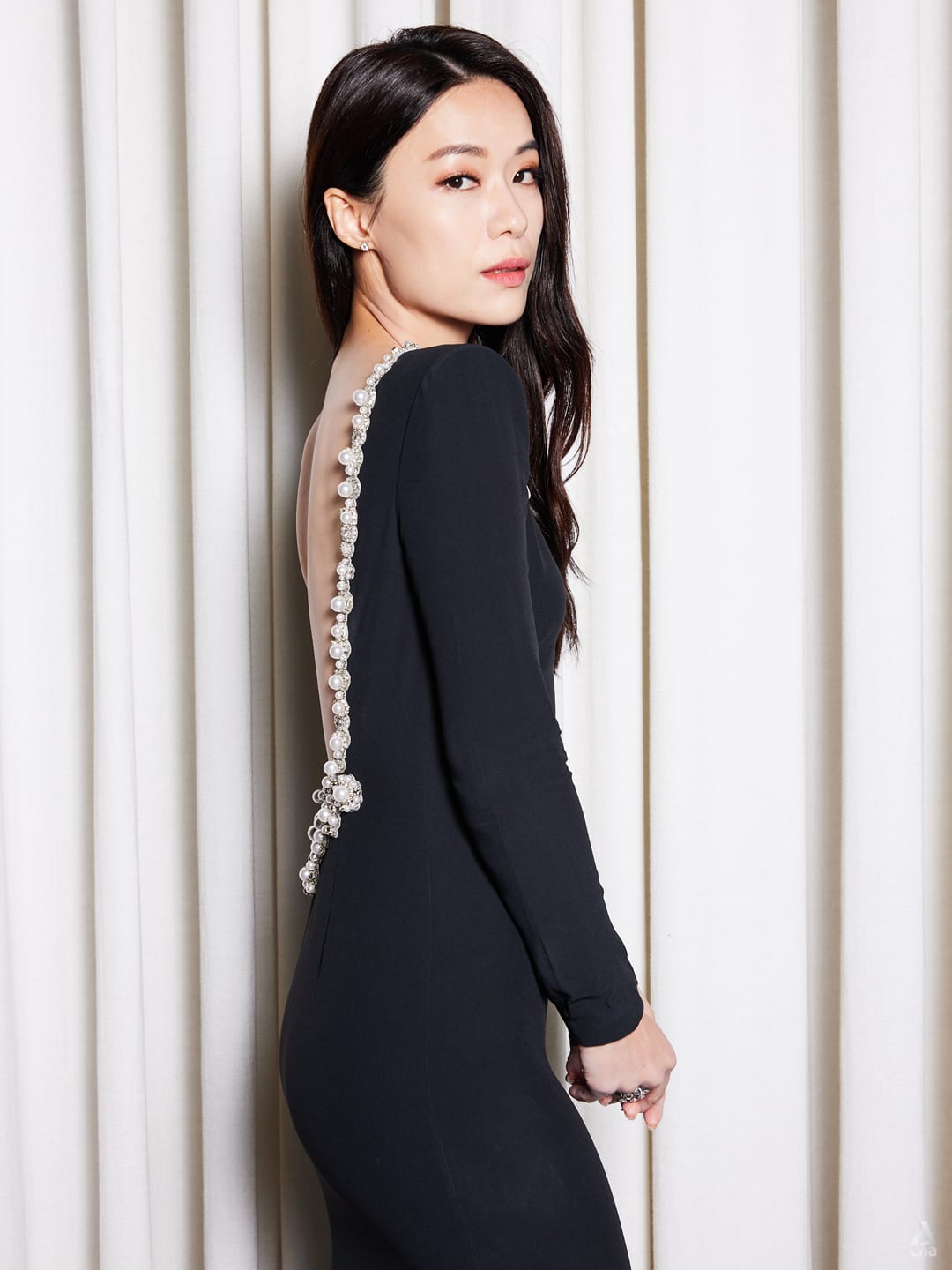
READ> Awkwafina, Harry Styles show off Gucci handbags in James Corden 'talk show’
If that team set the stage for McQueen’s evolution, it is 47-year-old Emmanuel Gintzburger who has been charged with executing and enlarging it.
Gintzburger, a loquacious former Saint Laurent retail executive who cut his teeth at Louis Vuitton and Sephora, took the helm at McQueen in 2016 following Akeroyd’s decampment to Versace. For five years he has guided McQueen’s global expansion with a steady hand, doubling its store count to 100 between 2017 and the end of 2020, and broadening the label’s offerings in footwear, menswear and leather accessories.
“The ambition has very much been to transform McQueen from one of the creative designer brands into one of most powerful luxury houses in the world,” said Gintzburger over a Zoom call in late March from McQueen’s headquarters in Clerkenwell in London, where the French national has been working through most of the pandemic.
“Four to five years ago, the brand was very much on a designer brand model, very much focused on ready-to-wear, very much [driven by] a small number of very strong international clients sold through mainly US and European wholesale channels,” he explained.
(As of 2014, ready-to-wear accounted for just over half of sales, and leather goods only a fifth; today the spread is “much healthier across categories”, Gintzburger said.) “The objective we have is to scale up, work across channels, categories and age groups . . . starting from retail.”
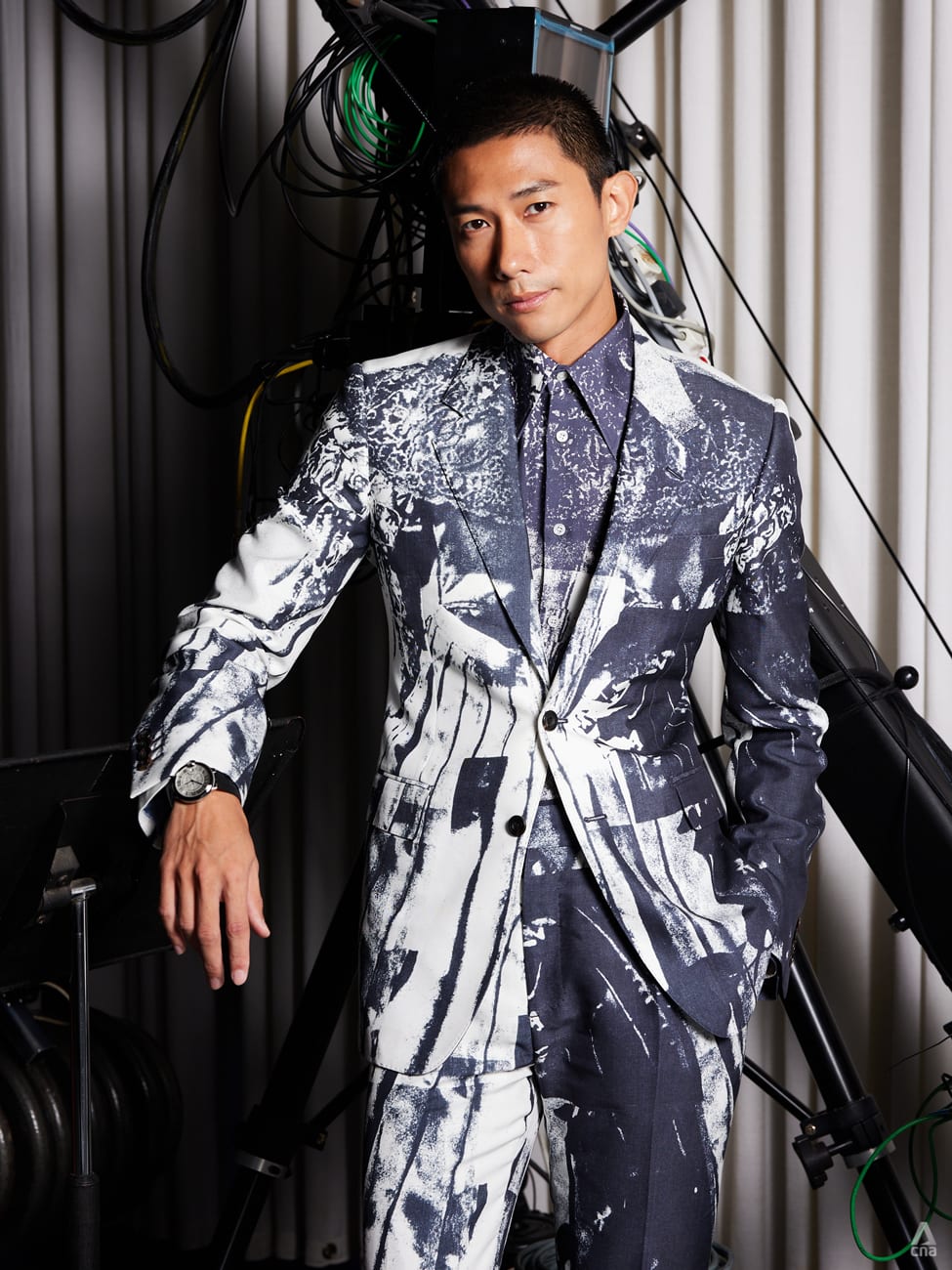
Kering, which also owns Gucci, Saint Laurent and Bottega Veneta, does not break out revenues for McQueen. But the brand has been growing at a compound annual growth rate of about 15 per cent for the past six years, with revenues doubling from just over €250 million (S$400 million) in 2014 to more than €500 million last year, Citigroup analyst Thomas Chauvet estimates. In its first-quarter earnings report last week, Kering said McQueen and Balenciaga’s performances were “outstanding”, with growth “particularly robust in their retail networks in North America as well as in Asia-Pacific”.
Gintzburger said McQueen had a “record” year in 2020, increasing sales and market share in spite of myriad challenges imposed by the pandemic. That was thanks to an aggressive retail expansion now in its fifth year – McQueen opened 22 locations last year, including Miami and Tokyo.
“We’ve mainly been focused on flagships in China, the US, Korea, the Middle East and Japan – locations that are very strong with local clients, [rather than] destinations relying on tourism,” he explained.
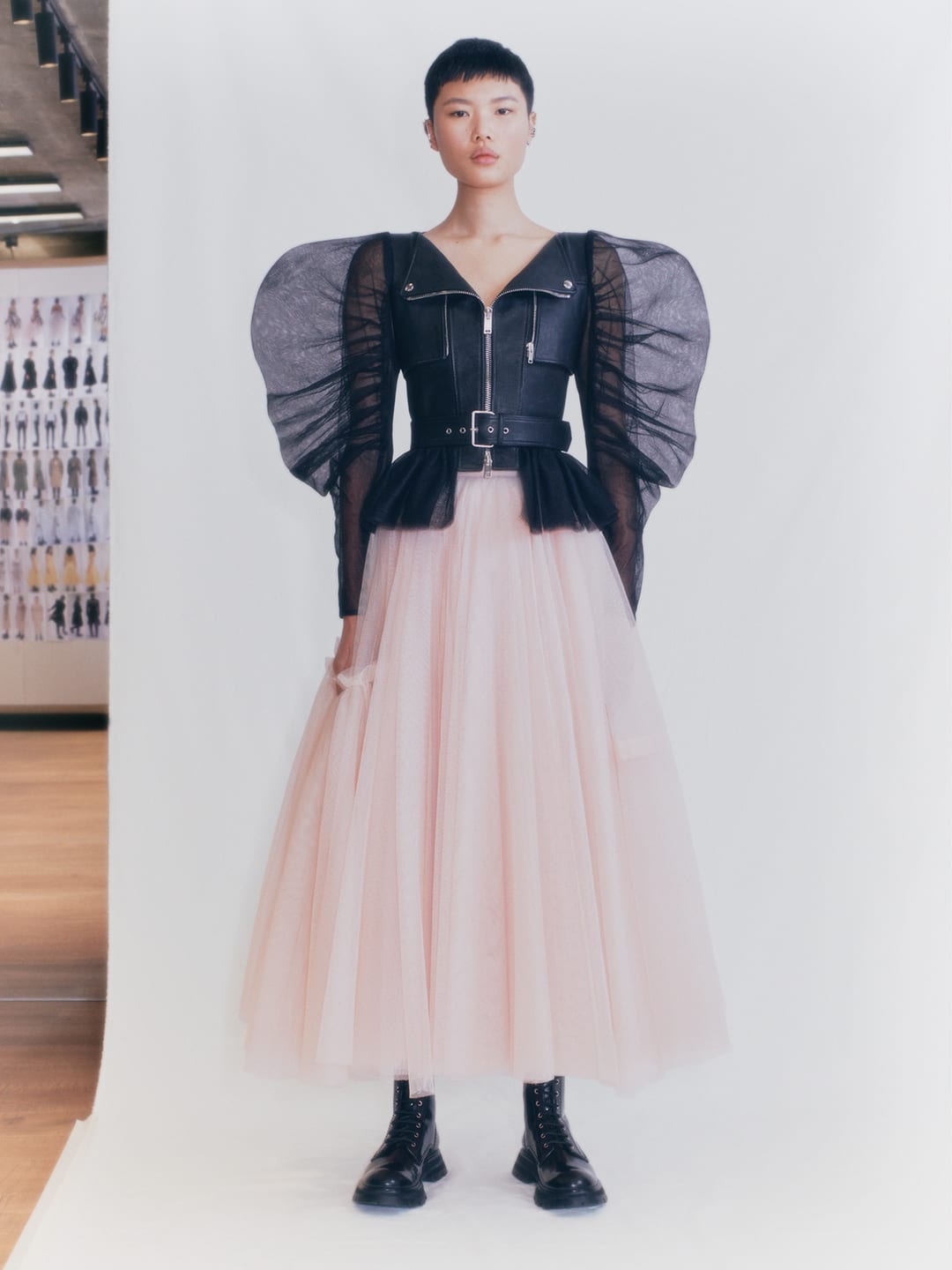
READ> Blackpink’s Rose named as global ambassador for jewellery house Tiffany & Co
GOING LOCAL
That focus on local customers, which began three years ago, played out handsomely in 2020, when few people were able to holiday abroad. (Many luxury stores, particularly those in European capitals and in Southeast Asia that catered largely to visitors from China and the Middle East, had to suddenly pivot their focus to regional customers last year.)
It also helped that McQueen had taken greater control over its e-commerce operations (formerly facilitated by Yoox Net-a-Porter) and has been steadily curtailing its wholesale channels, “focusing on key partners” over a broad network, said Gintzburger. The company is also transitioning from a wholesale to a concession model with e-tailers including Net-a-Porter, MatchesFashion and Luisaviaroma, which gives the brand control of inventory and pricing.
Expanding the product assortment and price range has been vital to customer recruitment, particularly among younger clientele who don’t necessarily want to commit to one of the label’s nipped-waist trouser suits (from £2,000; S$3,700) or magnificently constructed dresses (worn most famously by Catherine, Duchess of Cambridge, for her 2011 wedding to Prince William).
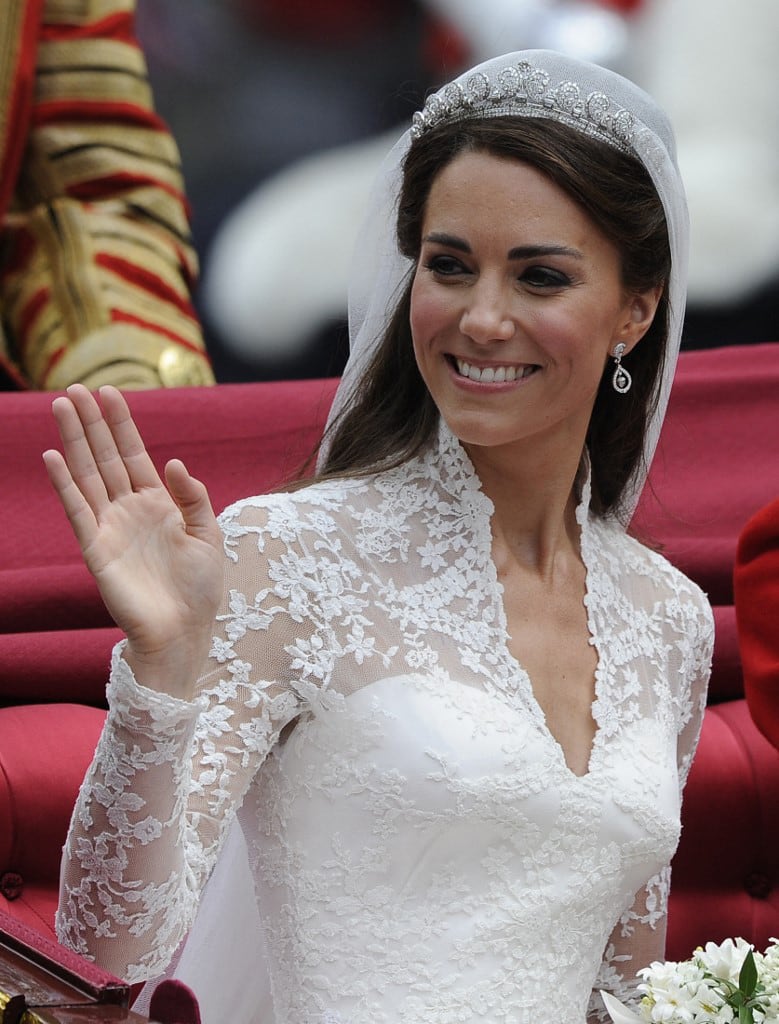
In lieu of a head-to-toe look, a younger customer might instead pick up a gold-tone skull ring set with crystals and faux pearls (£220), a waist belt in black leather (£650), or one of the brand’s ubiquitous white trainers with their distinctive exaggerated soles (£390). The handbag offer has also expanded, though the brand has yet to deliver a hit to rival its trainers.
Coming out of the pandemic, Gintzburger thinks we’ll see greater diversity in how people dress. Thus when it comes to product assortment, “the wider you are, the better positioned you are”.
The pandemic also gave McQueen an opportunity to overhaul its delivery and markdown schedule. Collections are now sold at full price for more than six months after arriving in stores, instead of only three to four.
Like fellow Kering brands Gucci and Bottega Veneta, McQueen has not taken part in digital fashion weeks during the past year, instead unveiling collections on its own schedule. When physical shows resume, will McQueen return to Paris Fashion Week? Gintzburger demures, saying that in the current environment, “it is impossible to plan six months ahead”.
“What we know is right for sure is that moving the presentation of the collection closer to the moment it’s delivered in store works for us,” he said.
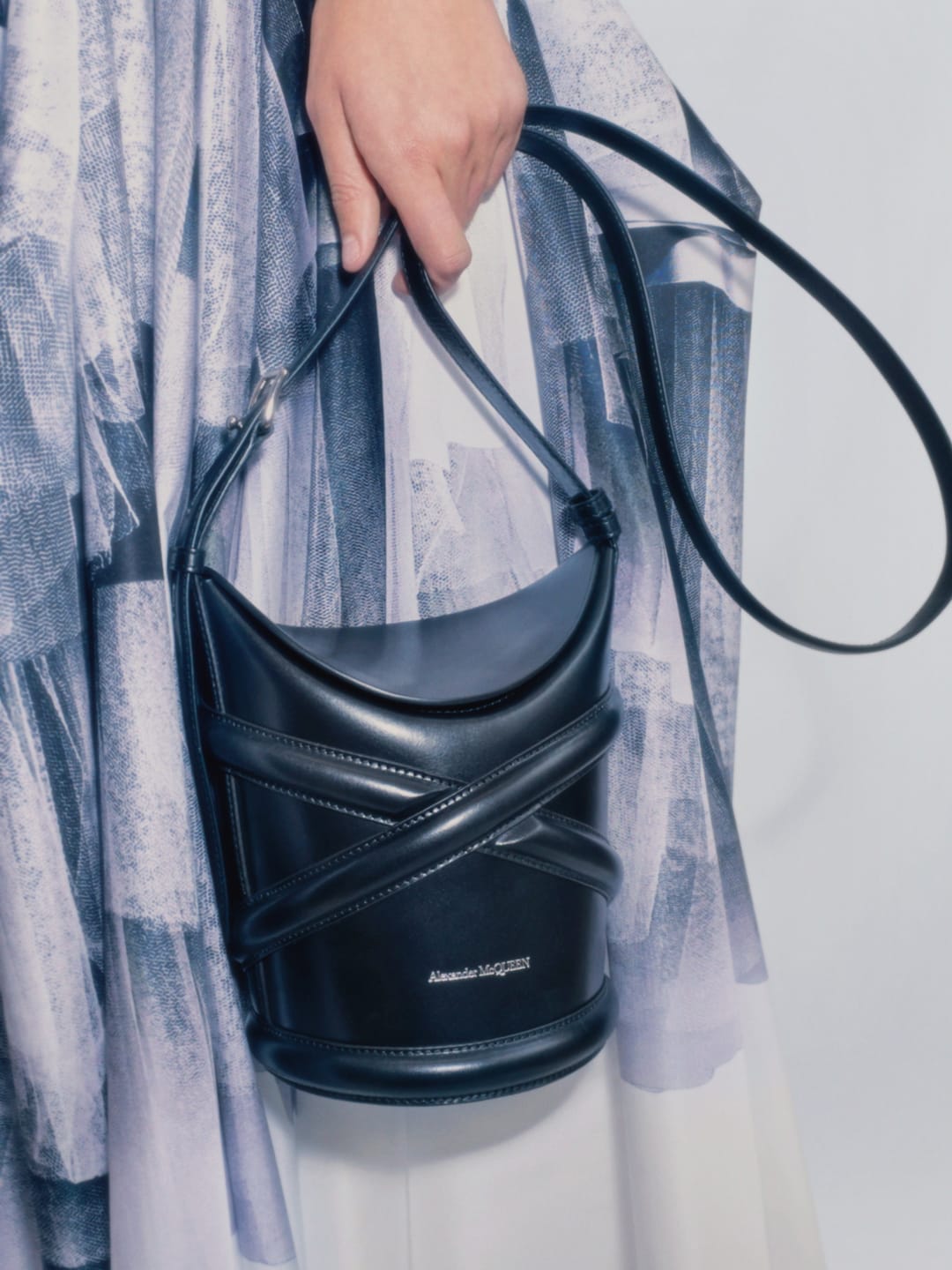
Gintzburger’s crystal ball might be cloudy when it comes to fashion weeks, but he is confident in forecasting one long-term development: The shift from a “linear” fashion model, in which products are made from finite resources and ultimately discarded, towards a “circular” model, whereby materials and products are designed to be perpetually reused and regenerated into new products. “Linear models are finite,” he said.
He says that Burton and her team are focused on designing products from good materials that are season-less and made to last, and reusing fabric where possible. The company has also endorsed the second-hand market, partnering with resale platform Vestiaire Collective (which parent company Kering recently took a five per cent stake in) to help collect gently worn pieces from customers that can be resold on the site in exchange for store credit.
Would McQueen consider reselling second-hand garments and leather goods via its own retail channels? “Everything is possible.”

Recently, Hermes revealed that it was working on a bag made of a leather alternative derived from mushrooms, seen as a response to growing concerns about animal welfare and the environmental impact of rearing cattle and tanning leather. Gintzburger said McQueen is also testing alternatives to animal leather, although there are not yet plans to bring any products to market.
Kering boss Pinault has made no secret of his ambition to see McQueen surpass €1 billion in annual revenue. Gintzburger said the brand’s ability to increase market share during the pandemic has given the company confidence in its strategy; now, with a global vaccination rollout under way, he’s focused on accelerating it. Key targets include customers in China, the US, Korea and Japan.
But it’s imperative not to grow too quickly. The challenge for a brand such as McQueen is to maintain its creative, emotional and artisanal qualities as it expands.
“How do you scale a brand without losing the essence of what the brand represents?” he asked rhetorically. “When you’re on a smaller scale, it’s possible. But as you start to grow . . . it’s not a given.”
By Lauren Indvik © 2021 The Financial Times



